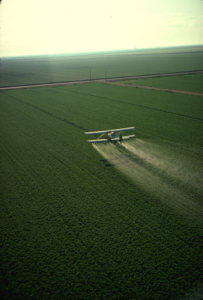Pesticides are chemical substances designed to control, repel, or eliminate pests that can adversely affect crops, livestock, structures, and human health. The term “pests” encompasses a wide range of organisms, including insects, weeds, fungi, rodents, and microorganisms. Pesticides are a crucial component of modern agriculture and pest management strategies, serving to protect crops from damage and enhance overall agricultural productivity.
These chemical compounds work through various mechanisms, disrupting the physiological processes of target pests or rendering their environments inhospitable. Pesticides play a vital role in safeguarding agricultural yields, preventing the spread of diseases, and maintaining the integrity of structures and landscapes.
Examples of Common Pesticides:
- Insecticides: These pesticides target and control insect populations. Examples include:
- Pyrethroids: Derived from chrysanthemum flowers, these are commonly used in household insect sprays.
- Neonicotinoids: Systemic insecticides that affect the nervous system of insects.
- Herbicides: Designed to control or eliminate unwanted vegetation (weeds). Examples include:
- Glyphosate: A widely used herbicide that inhibits the growth of plants by disrupting protein synthesis.
- 2,4-D: A selective herbicide effective against broadleaf weeds.
- Fungicides: Used to combat fungal infections in crops and prevent the spread of diseases. Examples include:
- Copper-based fungicides: Effective against a range of fungal pathogens.
- Triazoles: Inhibit the growth of fungi by interfering with ergosterol synthesis.

Image 1: A crop-duster spraying pesticide on a field
